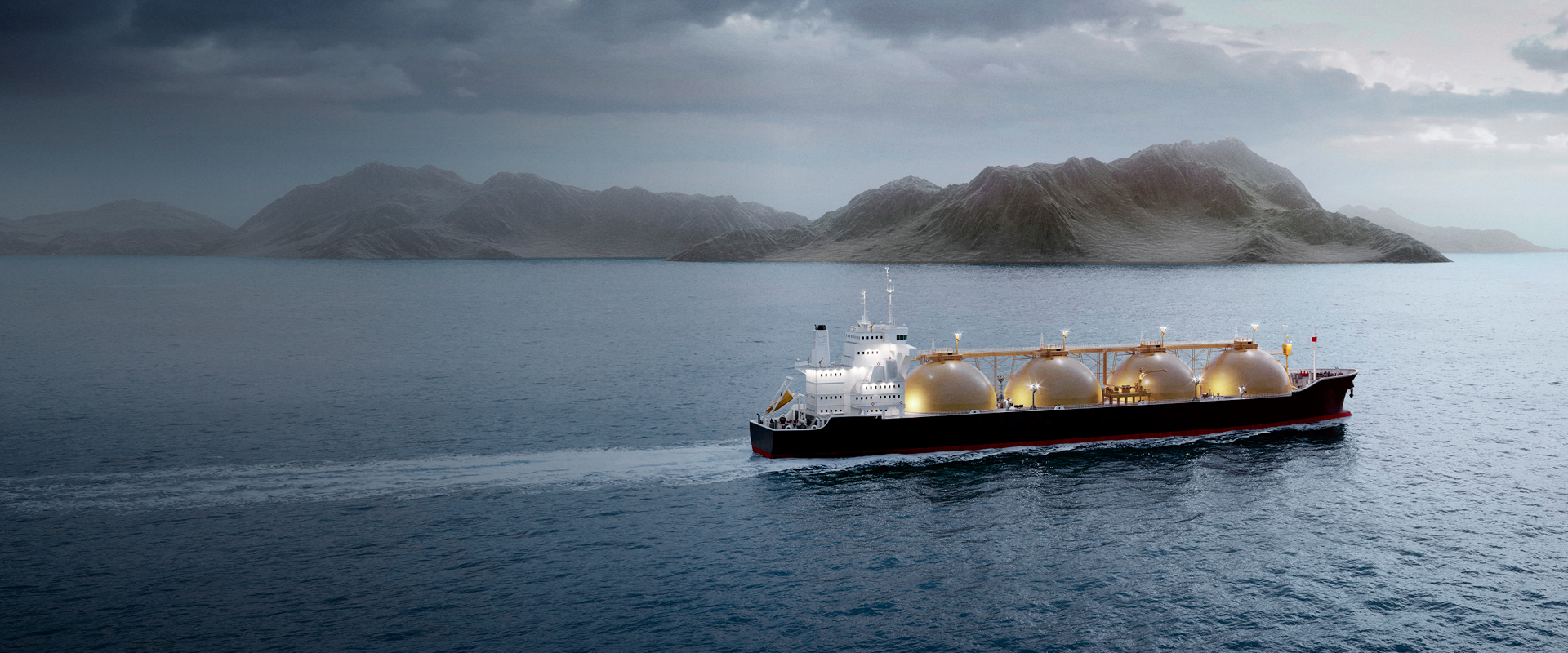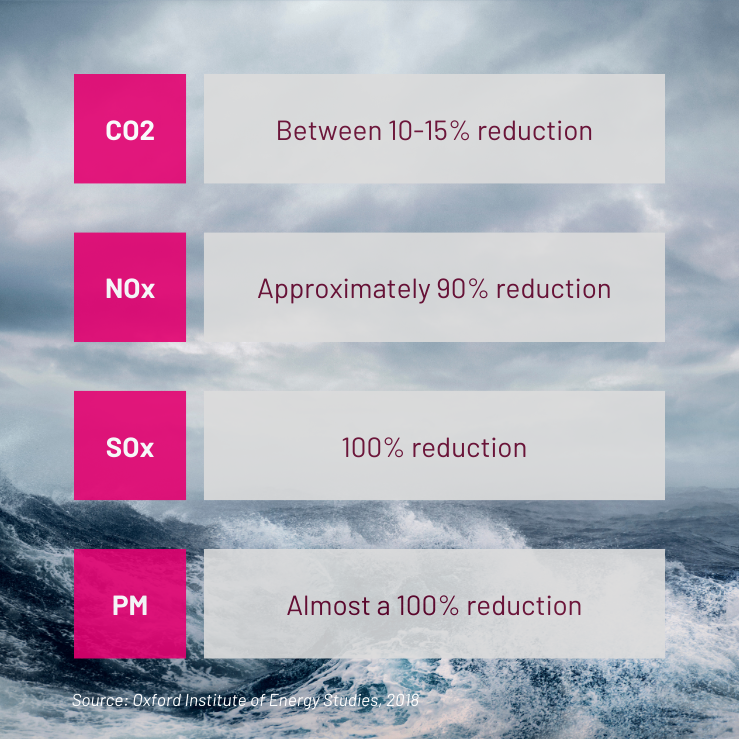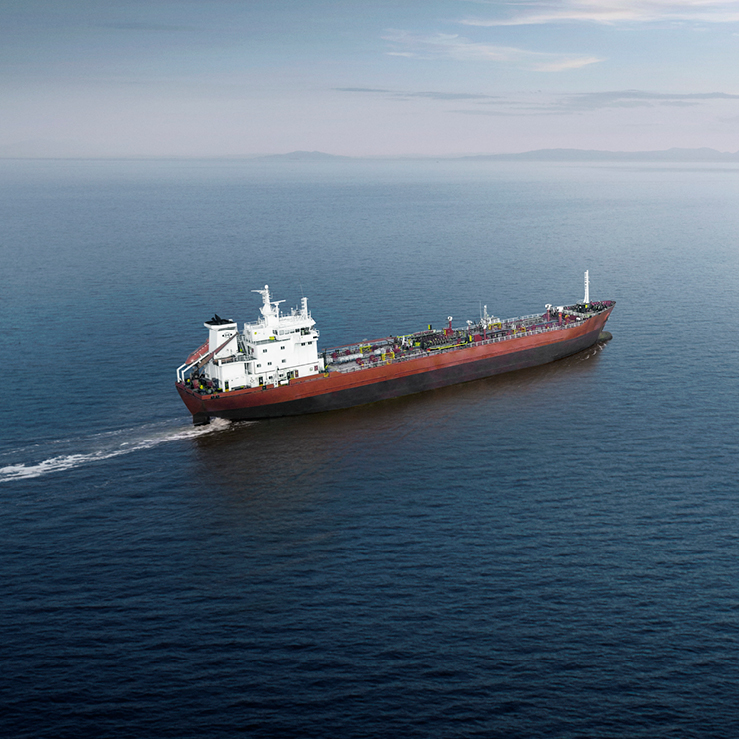LNG stands for Liquified Natural Gas and is basically a cooled down natural gas which is already used for households, power generation and industrial use.
What characterises LNG?
of LNG consist primarily of methane, which is a colourless, flammable, odourless gas at ambient temperatures. To transform LNG into a liquid state, it must be cooled to around -162°C during which process impurities are removed. When liquefied, a reduction by a factor 600 of its volume will happen and unless it is heated and mixed with air, it is no longer flammable.
LNG has approximately half the density of VLSFO, but it boasts a 20% higher calorific value. Consequently, to achieve the same energy output, a shipowner would require fuel tanks that are around twice the size of conventional tanks. In the future, LNG may be complemented and eventually replaced by e- or bio-LNG with even lower carbon emissions.







